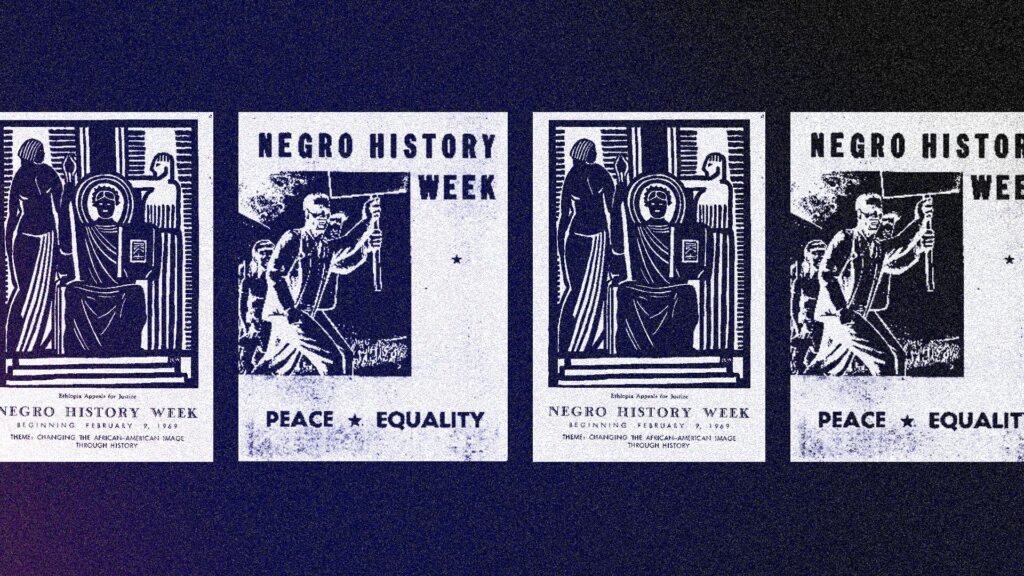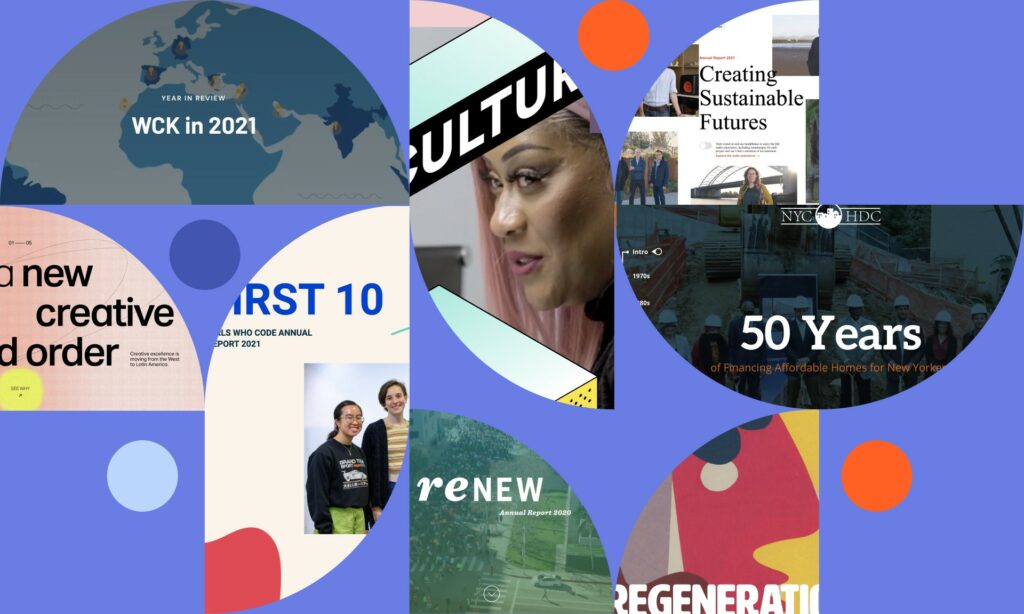
You’ve seen them before—beautiful logos, snazzy websites, and intricate illustrations—but when that initial “wow factor” fades and you don’t actually understand what you’re looking at, there’s a serious problem with the brand’s identity.
A brand’s design language can be a powerful tool in the fulfillment of an organization’s mission. The logo, colors, typography, illustrations, and photography need to reflect what the organization stands for: Its purpose and values need to be manifested visually, creating a unified voice that connects people to the mission and desired impact, by creating a subconscious, emotional connection.
In Matthew’s article, “Creating A Purpose Driven Brand,” he establishes what goes into a purpose-driven brand, but today we are going to focus on how Visceral works with purpose-driven organizations to shape powerful and compelling brand identities.
Know your Compass
All good things must start from somewhere and the key to creating a powerful brand identity is a back pocket full of insights gathered in a Discovery Stage. These insights serve as a guiding star, informing every design decision we make. Below are some of the things we learn about in Discovery:
- What is the history of the organization and existing identity? How did it all start?
- Is there something interesting in the organization’s name, mission, or impact that could inspire the design?
- What are the organization’s values?
- How would the organization describe itself if it were a person?
- What makes the brand unique from similar initiatives or peers?
- What are some of the challenges in using the existing visual identity?
- How will the new identity be used and in what mediums?
Explore, Create, and Iterate
A great way to kick off the creative process is to create moodboards, as they provide a foundation for exploration as we manifest the new design language. It’s where we look at color palette, illustration, typography, photography—all of the elements of the brand identity.
Intertwined with moodboard-making is sketching, rough compositions, and infinite iterations. This part of the process unleashes a constant flow of creative energy—a dynamic, exploratory flow that leads to shaping an identity that is representative of the brand.
From the numerous iterations we create, the team narrows it down to 2-3 recommendations of what we think are the best directions. We reference Paul Rand’s 7-step Test, which we apply to the visual identity as a whole, when determining what makes the cut. This includes the following questions we ask ourselves:
- Is it distinctive?
- Is it visible?
- Is it adaptable?
- Is it memorable?
- Is it universal?
- Is it timeless?
- Is it simple?
Put It to the Test
Crucial to creating a purpose-driven brand identity is testing it with a wide variety of audiences and environments. Getting diverse perspectives is a necessary part of the creation process from concept to execution. It is also in this stage where we do our due diligence in testing that the logo works in the different environments and applications the identity will be used in.
Passing the Baton
Finally, it’s time to send over the finished product to the client. We provide guidelines for applying the visual identity that ensure consistent and appropriate application for years to come. For design assets, such as the logo, we include multiple formats such as different orientations, color variations, and file types suitable for specific mediums. Guidelines often include basics like:
- Logo Specs: Size, color, and spacing specifications for the logo application
- Colors palette: Color values and hierarchy (for instance primary and secondary colors)
- Typography: Font and application specifications for messaging
- Examples: Examples of all of the above elements coming together as one cohesive visual identity package.
To Conclude
A purpose-driven brand identity falls short when it doesn’t create a subconscious connection to the organization’s mission and values. While it is important to catch people’s attention with great design, it should speak to the shared values of both the organization and audience. This connection builds belief in the organization’s purpose and desired impact—an asset that inspires action.















